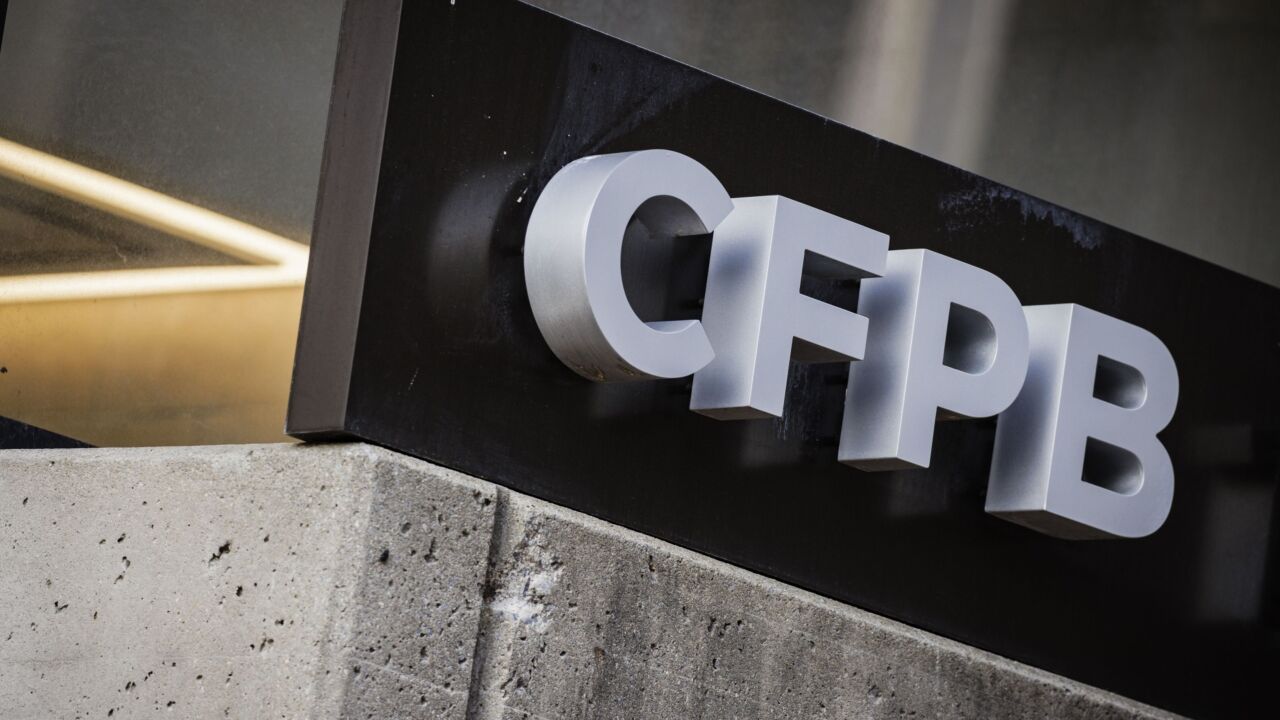Rising interest rates from the Federal Reserve are expected to play a major role in credit unions’ financial performance this year, but plenty of other factors are in the mix as well, including a new administration and the whims of consumers.
The Fed is widely expected to raise rates at least twice in 2017, which will impact CUs credit card portfolios as consumers begin rate-shopping, suggested Michael Mattone, VP of PR and communications at New York’s Municipal CU. As a result, he added, more and more institutions may turn to rewards programs – particularly cash back – as a way to attract and maintain business.
But even with the Fed raising rates, said Brian Turner, chief economist at Meridian Economics LLC, credit unions would be wise to avoid substantial investments in infrastructure, which could increase net operating costs before net interest margins start to see the benefits of wider spreads and asset pricing. The prevailing rate environment is “the catalyst of [credit union] earnings,” Turner said, and surplus capital is best used to reorganize a credit union’s platform in order to deliver to the membership.
“Many credit unions with significant capital profiles have been so frustrated by relative weak earnings results over the last couple of years, [that they] have wrongfully turned to merge with other institutions that might have a stronger operating platform but weaker capital profile,” he lamented. “These credit unions do not understand the value of their institution and virtually gave their institutions (and membership) away.”
If credit unions hope to make the most of the opportunities in the year ahead from a financial standpoint, they may be required to do some repricing.
“In order to protect revenue streams, it is important to establish a stable cash flow structure stemming from its earning assets,” said Turner. “In a rising rate environment, it becomes even more important [that] the cash flow structure is positioned to reprice in such a way as to benefit the credit union’s net interest margin.”

As rates rise, so do delinquencies
Along with the potential for improved financial conditions that come as the result of rising, rates, the incoming Trump administration’s plans to scale back Dodd-Frank could also create an easier business environment for CUs from both a regulatory and compliance perspective, suggested Mattone. But lingering economic uncertainty will “force [CUs] to be flexible and adapt quickly to changes that are made. Failure to do so will create opportunities for competition, particularly big banks that have the financial wherewithal to move more swiftly.”
After several strong years of loan growth, credit unions will want to maintain that momentum, but Eric Schurr, chief strategy officer at TMG Financial Services, suggested rising rates are also being accompanied by an uptick in delinquencies in auto lending (both direct and indirect) and credit cards.
“This could result in increased collections expenses as efforts ramp up to hold down losses,” he said.
Schurr also noted that while CUs as an industry have made significant membership gains in recent years, member attrition continues to be a challenge, particularly with members leaving out of a belief that they can find more convenient banking services elsewhere.
“The lowest rates and service don’t mean as much to certain consumer segments as convenience and personalization,” he explained. But Schurr also believes that credit unions have an opportunity to pump up the bottom line simply by using available data to “better understand” their members. “Credit unions must be proactive in reaching out to members with relevant offers based on the credit union’s analysis of that data,” he added.





